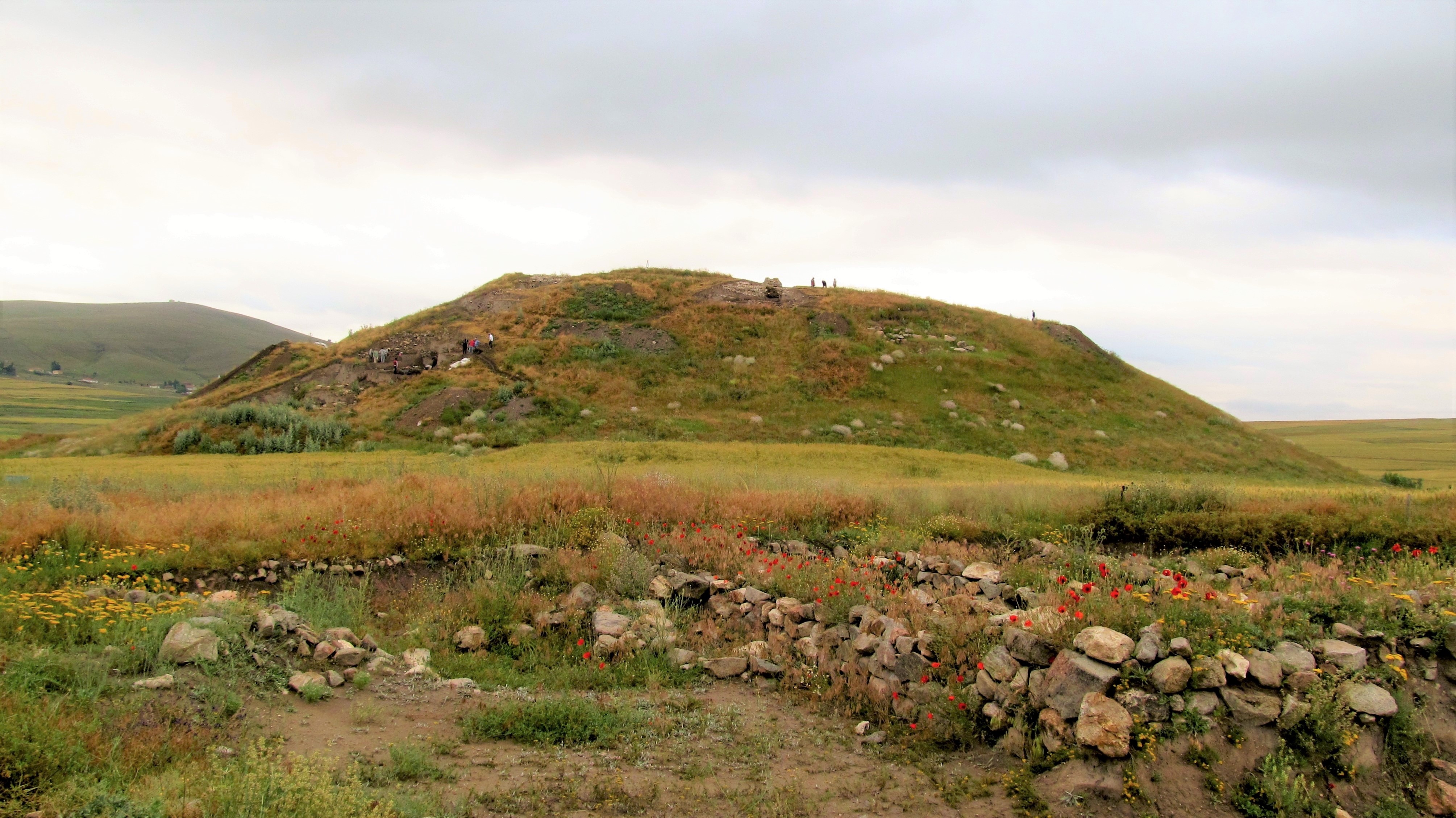
This is an online event.
Sponsored by: AIA-Westchester Society

The Late Bronze Age (1600-1200 BCE) in the Eastern Mediterranean stands out in the history of the ancient world as a time of political and economic consolidation, with multiple great powers – Mycenae, Babylonia, Egypt, the Hittites – exerting their military power in the region and engaging in an unprecedented degree of international trade and diplomacy. The archaeological and historical records from this period offer a treasure trove of evidence including monumental architecture, kingly correspondence, and luxury goods from far-off locales.
As a result, research on the Late Bronze Age has often focused on elite lives and histories, but the daily lives of non-elite individuals have remained largely unexamined. What was life like for those living outside of imperial capitals and other major centers? How were local practices of day-to-day life shaped by imperial aims? How deeply were rural settlements embedded in the political and economic structures of empire?
In this lecture, I address these questions using evidence from the site of Çadır Höyük, a rural center in the provinces of one of the major political players of the Late Bronze Age, the Hittite empire (modern-day Turkey). In particular, I use the ancient animal remains from Çadır Höyük to reconstruct the organization of day-to-day economic activities at the settlement. I consider the choices Çadırans made about which animals to raise (e.g., more cattle? fewer goats? lots of pigs?) and what products to focus on (e.g. meat? wool/fiber? dairy? a combination?). I then discuss how these choices relate to the settlement’s place within the broader economic system of the Hittite empire and how they can help us characterize what life was really like at Çadır during the Late Bronze Age.
Sarah Adcock is a Visiting Assistant Professor at NYU’s Institute for the Study of the Ancient World. She received her PhD in Anthropology from the University of Chicago (2020) and her BA in Archaeology and English Literature from Baylor University (2008). Her current work focuses on the Late Bronze Age collapse in the Eastern Mediterranean region around 1200 BCE.
For her dissertation research, she examined local responses to the Hittite collapse in central Turkey at the end of the Late Bronze Age through the analysis of animal remains from the Hittite capital Hattuşa and from Çadır Höyük, a Hittite provincial center. By comparing her results from these sites, she considered the specific impacts empire’s collapse had on animal management systems and the economic organization of food production both at the Hittite capital and in the empire’s provinces.
Her current work expands the focus of her research from the collapse of the Hittite empire to the Late Bronze Age collapse in the Eastern Mediterranean region more broadly. The Late Bronze Age collapse in the Eastern Mediterranean is one of the largest and best known collapse events in human history, and it affected multiple polities across the region, presenting an opportunity for exploring differing responses to the processes associated with societal collapse. This project, “Everyday Lives at the End of the World?: Post-Collapse Animal Economies in the Ancient Eastern Mediterranean” works to develop a macro-level understanding of changes and continuities in animal management and foodways that accompanied the Late Bronze Age collapse in the Eastern Mediterranean. The goal of this work is to offer a new perspective from which to examine the massive political, economic, and social changes that occurred at the end of the Late Bronze Age in the Eastern Mediterranean and to critically examine the historical narratives and theoretical frameworks that create our conceptions of collapse and “dark age.”